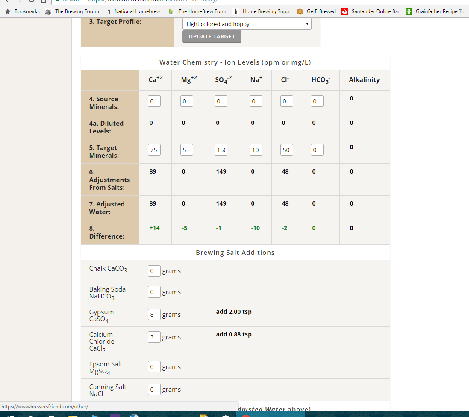Sorry for the late reply, yes Johnny. I had a Waterfed pole for Window Cleaning around 10 years ago and regularly tested the water. It was 10ppm at home but as low as 5ppm around other parts of Belfast.
A
TDS meter costs ��ã10. I bought the machine off a guy in Edinburgh and he also had very low impurities in the water.
Get a water report and ask for the TDS number before spending any money.
Private, RO and DI filters are just 2 separate ways to filter the water. If you've a very high TDS reading then both may make sense but if your only gonna use it for brewing then the 3 stage (even a 1 stage) would be OK.
RO filters through a membrane and is a slower for purifying but it's also more efficient. DI is instantaneous but the DI beads wear out quicker. For small volumes it's fine enough. We had one of those American fridges (until it packed in) and it came with a
small inline water filter. It lasted ages before needing replaced. If your in an area with a low TDS reading then it could be the cheapest and quickest way to filter your brewing water.
Edit, just notice those filters are Carbon filters but they should take enough solids out of the water. A TDS meter is always handy to have for testing.
Before you go spending hundreds, find out what you really need.






























![BREWING THERMOMETER STICKERS ACCURATELY MONITOR FERMENTING BEER & WINE LIQUID TEMPERATURES 5PCS HOME BREW SPIRITS WINE LCD ADHESIVE [US]](https://m.media-amazon.com/images/I/311DDjo2X3L._SL500_.jpg)









